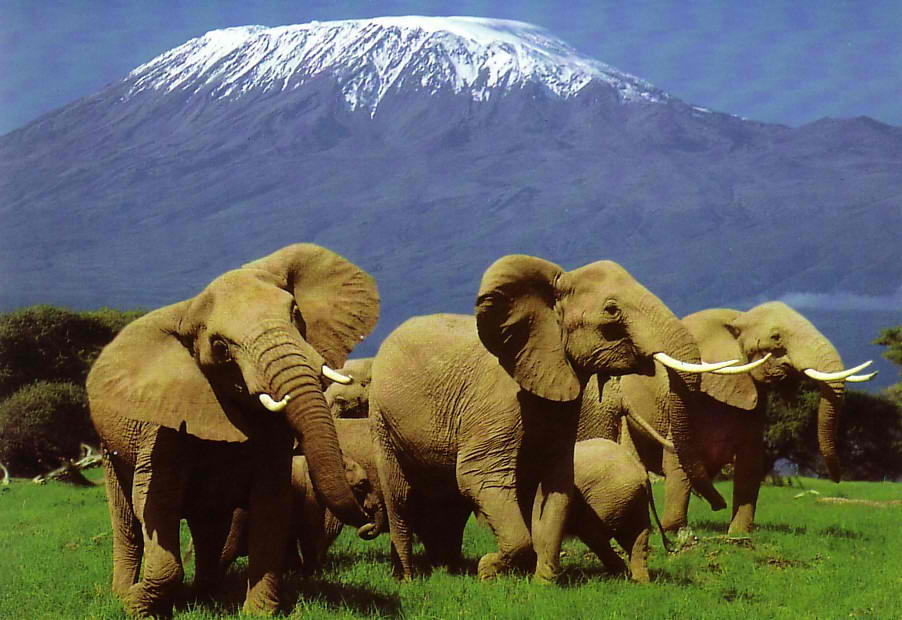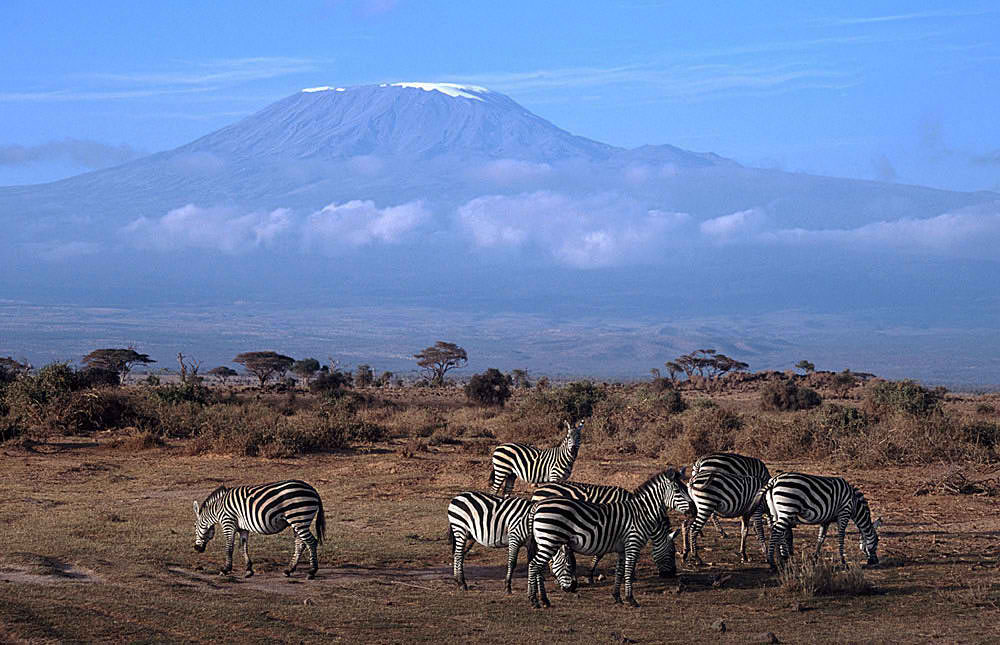Kenya is home to the modern safari and has several world heritage sites. It has a considerable land area devoted to wildlife habitats. Thanks to its diverse climate and geography, expansive wildlife reserves and national parks are developed in Kenya. One of which is the Amboseli National Park.
The Amboseli National Park is a 39,206 hectares park located in Southern Kenya, specifically in the Loitoktok District, Rift Valley. This wildlife safari spreads across the Kenya-Tanzania border. Amboseli was declared a national reserve in 1968 and became a national park in 1974. It considered as the second most popular safari in Kenya after Maasai Mara. The name “Amboseli” comes from a Maasai word meaning “salty dust”. The safari is also known for its panoramic views of the highest free-standing mountain in Africa, the Mount Kilimanjaro, which is across the border in Tanzania. The western section of the park is dominated by vast Lake Amboseli, which is dry outside the rainy season.

Wildlife
Because of Amboseli’s sparse vegetation, the park offers some of the best opportunities to see African animals. Amboseli National Park’s signature attraction is the sight of hundreds of African elephants with best views of Mt. Kilimanjaro at the backdrop. There are over 900 elephants in Amboseli and these large herds of elephants are seen up close so visitors get o experience an ultimate safari experience.
Amboseli’s varied wildlife also includes huge herds of wildebeests and many other animals giraffes, zebras, cheetahs, Wild dogs, Buffalo, Lion, Crocodile, Mongoose, Hyrax, Dik-dik, Leopard, Lesser Kudu, Monkeys, Hyenas, Antelopes,and Nocturnal Porcupine. There are also about 600 different bird species including water birds, pelicans, kingfishers, crakes, hammerkops and 47 types of raptor. The wildlife in Amboseli congregate around the very few watering holes during the dry season and disperse when the rains increase the availability of water throughout the park
With the end view of protecting the wildlife, the park has several rules which should be observed by the visitors which includes never getting out of the vehicle, except at designated spots; no off-road driving; always keeping to the tracks; no harassing the animals in any way; and always giving the animals the right of way.
Other Activities
The park offers panoramas of the Mount Kilimanjaro’s peak and the park’s plains and swamps. There is an observation hill in Amboseli which allows an overall view of the whole park especially the swamps and elephants. The Swamp below the observation hill hosts the big 5 and a variety of water fowls like the pelican and Egyptian goose.
The visitors can explore five different habitats in Amboseli ranging from the dried-up bed of Lake Amboseli, woodlands, wetlands with sulfur springs and the savannah. In addition, the contemporary Maasai culture and authentic indigenous lifestyle can also be experienced in Amboseli by visiting the local Maasai community who live around the park.

Amboseli National Park: Weather and Climate
Average temperatures in Amboseli vary only slightly throughout the year because the climate in the region where the park is situated is hot and dry. Drought is typical in this area, and evaporation is high with the minimum average daily temperature is 27°C and the maximum is 33°C. Rainfall is expected during April and May and during November and December. The total annual rainfall is just 300mm.
A day in this wildlife safari can be a long hot day. The visitors are encouraged to wear cool and comfortable clothing. Wearing a sunhat can be beneficial too. Camera, binoculars, sunglasses, and water to drink are the things you should never forget when visiting Amboseli National Park.
Overall, the Amboseli National Park offers big skies and far horizons combined with swampy springs and dry and dusty earth trampled by hundreds of wildlife animals.